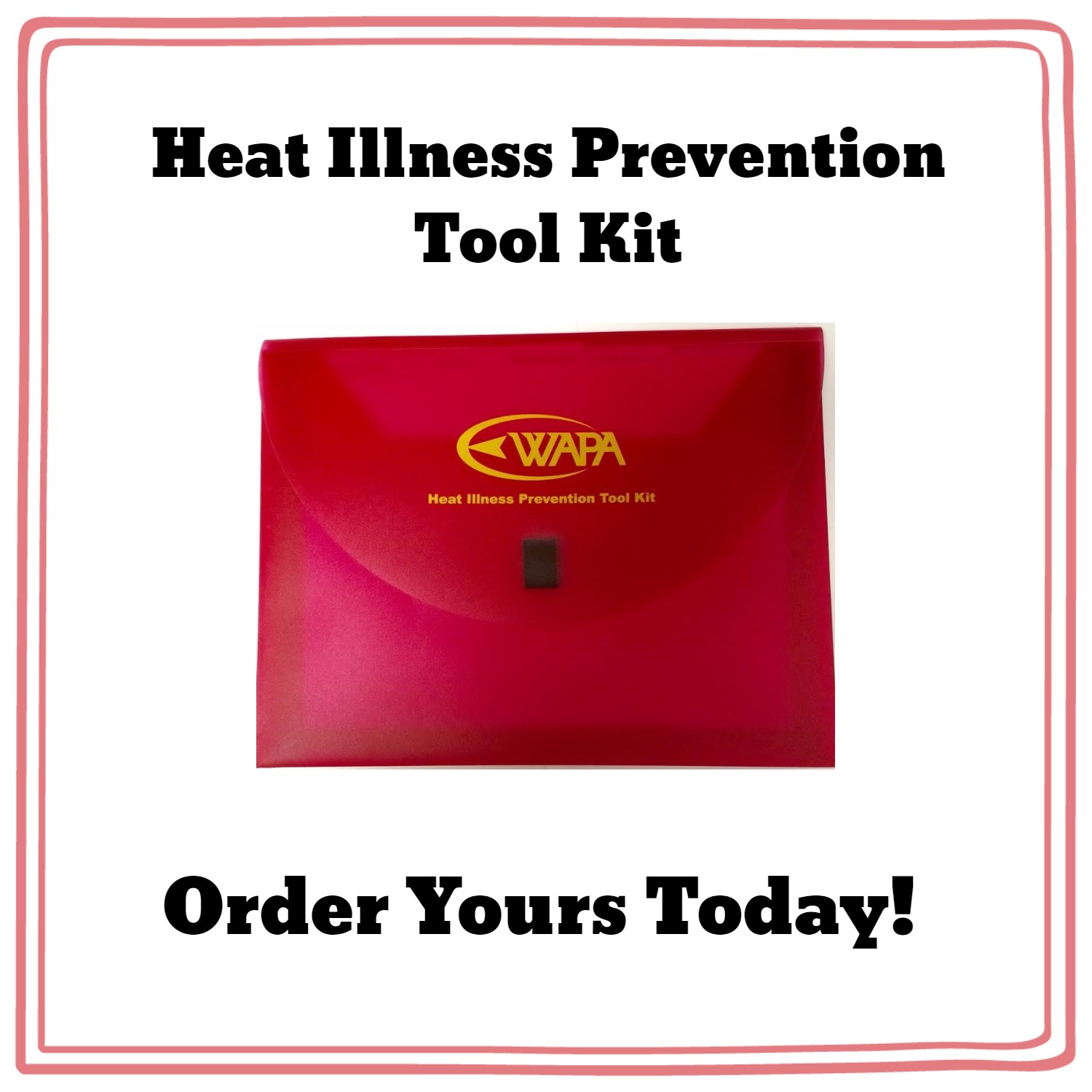Legislature Passes Utility Wildfire Response Bill
Below is an update on the Utility Wildfire Response Bill courtesy of the Agricultural Energy Consumers Association (AECA).
This morning California Assembly provided the final legislative approval of a complicated bill responding to recent utility caused catastrophic wildfires, with a vote of 63-8. After several months of legislative hearings and debate, the Governor’s office and a handful of legislators revealed the lengthy bill last Friday. Legislators acted quickly to comply with the Governor’s self-imposed July 12th deadline in hopes that the legislation would prevent another credit downgrading for the state’s two major Investor Owned Utilities that are not currently in bankruptcy.
The lively debate on the Assembly floor recognized the cost implications to ratepayers. Several members, including the authors of the bill, committed to work with the Governor on follow up measures that would help to mitigate the impacts of rising electricity rates on agricultural and industrial ratepayers.
The bill now awaits signature by the Governor. Almost immediately after the bill’s passage by the Assembly, the Governor issued a statement thanking and congratulating the legislature on their work on the issue.
AB 1054 (Holden, Burke, Mayes)
Summary:
AB 1054 includes numerous provisions related to addressing wildfires caused by utility infrastructure:
- Bolster safety oversight
- Recover costs from damages to third parties
- Establish a shareholder/ratepayer jointly funded wildfire fund to address future damages
- Provide utility employee protection
- Limit ratepayer exposure to PG&E liability during bankruptcy
Safety Oversight:
AB 1054 requires the state’s three main investor owned utilities (IOUs), PG&E, SCE AND SDG&E to make $5 billion in aggregate safety investments (system hardening) without return on equity that would otherwise borne by ratepayers.
The measure also establishes the California Wildfire Safety Advisory Board (CWSAB), consisting of seven members to advise and make recommendations related to wildfire safety for both IOUs and public owned utilities (POUs).
Recovery of Costs:
AB 1054 seeks to clarify the current “prudent manager” standard used to determine whether a utility can recover costs arising from a covered wildfire. The measure allows cost recovery if the costs and expenses are determined just and reasonable based on reasonable conduct by the electrical corporation. It considers factors both within and beyond the utility’s control, including humidity, temperature, and winds.
Wildfire Fund:
AB 1054 establishes a Wildfire Fund to pay eligible claims arising from a covered wildfire. The fund will be jointly funded by utility shareholders and utility ratepayer’s utility shareholders will contribute $7.5 billion initially and an additional $3 billion over 10 years ($300 million per year) to the wildfire fund. Ratepayer contributions will include a non-bypassable energy usage charge of $0.005 (half cent/kWh) for 15 years to securitize $10.5 billion for the wildfire fund. The total charge equates to $13.5 billion (or roughly 900 million a year). Farming and food processing’s share of the $13.5 billion is expected to total roughly $1 billion over the 15-year period.
The measure requires utilities (shareholders) to repay monies to the fund when they are found imprudent with limits. Ratepayers will have no obligation to repay monies in the fund.
The measure limits insurance subrogation of liability to the fund, to not exceed 40% in utility caused fires where the utility acted prudently.
Utility Employee Protection:
AB 1054 expands employee protection measures to include the sale of all or a material portion of the assets of the electrical corporation, including the voluntary or involuntary change in ownership of assets to a public entity (municipalization). The successor employer is required to maintain all wages, hours, and other benefits for three years for all employees.
PG&E Bankruptcy:
AB 1054 requires PG&E to resolve all pre-bankruptcy claims and achieve a CPUC approved reorganization plan that is both consistent with the state’s climate goals and renewable portfolio standards and determined to be neutral to the ratepayers of the IOU. In other words, PG&E shareholders are responsible for all liability claims from 2017 and 2018 wildfires, a liability estimated at approaching $30 billion.
Analysis:
While the measure is far from perfect and costly from a ratepayer perspective, it appears to be a vast improvement over SB 901 enacted last year that left ratepayers exposed to significant liability costs. Under the current situation ratepayers are exposed to significant costs associated with California’s strict liability standard for utility caused wildfires. Ratepayers are also currently exposed to significant costs relating to IOU credit rating downgrades due to wildfire risk that significantly increase utility borrowing costs. Finally, PG&E ratepayers are currently exposed to liability costs resulting from the PG&E bankruptcy, which under AB 1054, become the sole responsibility of PG&E shareholders. AB 1054 limits ratepayer exposure to $13.5 billion and ensures utility shareholders are picking up a portion of liability moving forward.
Fiscal Impact:
$0.005/kWh (half cent) for each kilowatt used for the next 15 years. This money will be refunded to the ratepayers if not used for wildfire liability.
Indirect Fiscal Impacts:
Ratepayers, including farming and food and fiber processing operations, will also face ongoing rate impacts associated with system hardening and wildfire mitigation efforts moving forward. However, at least $5 billion of these costs will not include the normal IOU ROE, which results in significant net savings of approximately $2.5 billion. Ratepayer exposure to increased costs of borrowing are also reduced. Finally, ratepayer exposure under strict liability is limited to $13.5 billion statewide.

